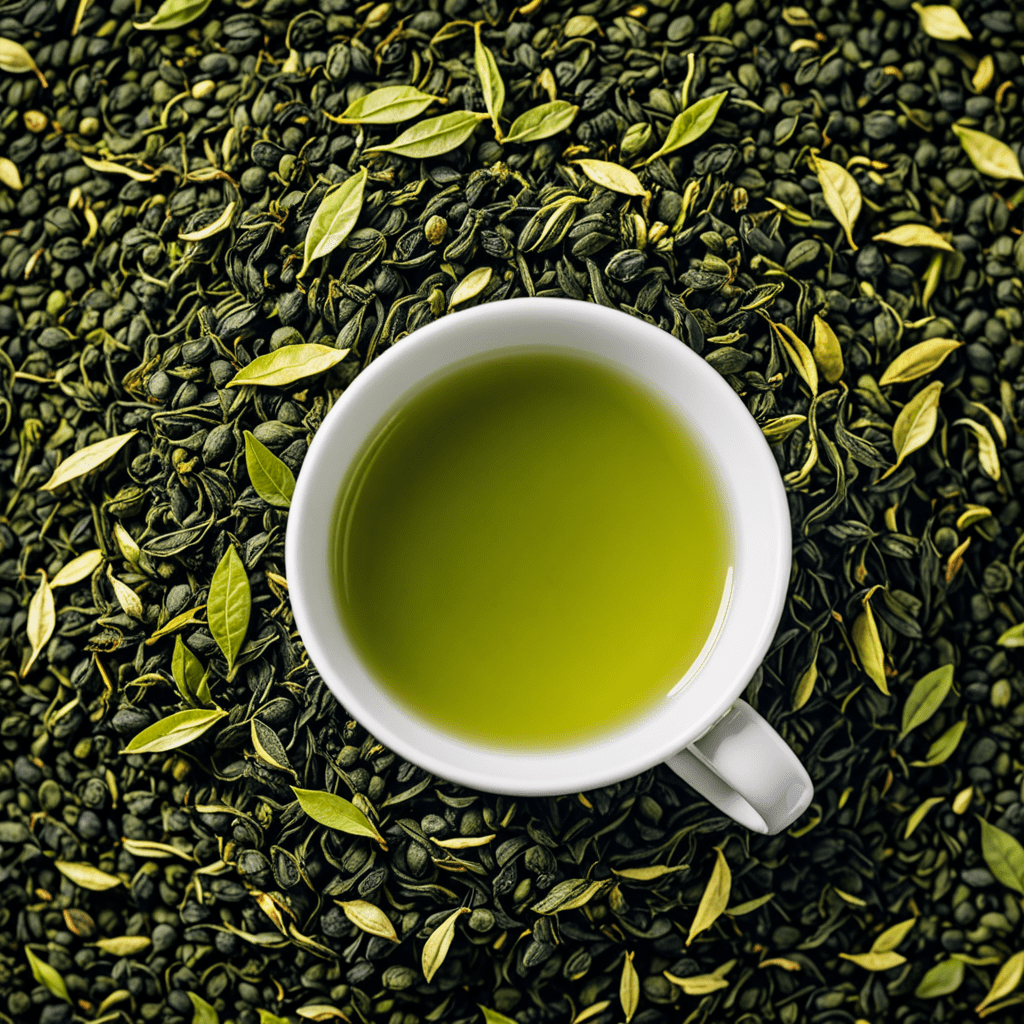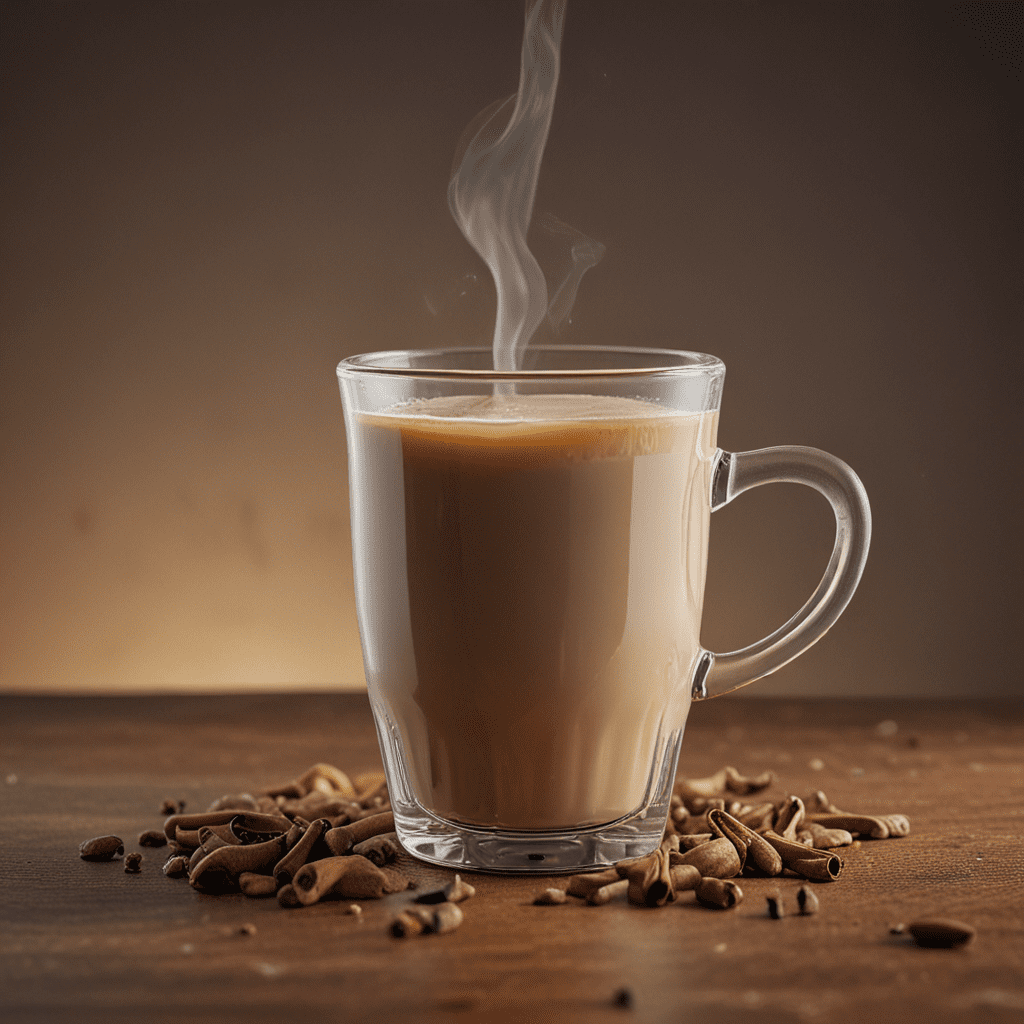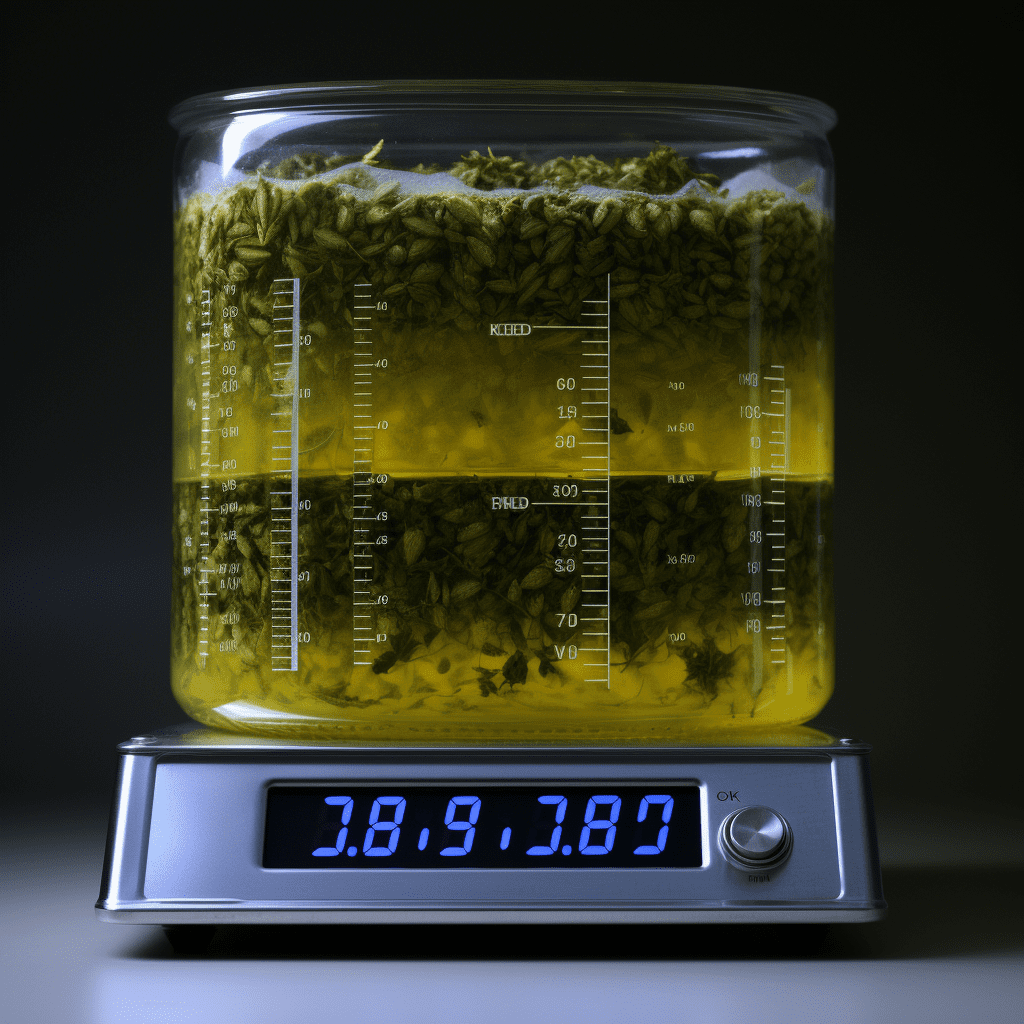Introduction to Chai Tea: A Global Delight
Chai tea, a beloved beverage hailing from India, has captivated palates worldwide with its aromatic blend of spices, black tea, and milk. Its origins date back centuries, deeply intertwined with the cultural and social fabric of the Indian subcontinent.
History and Cultural Significance
The history of chai can be traced back to ancient Ayurveda, the traditional Indian medical system. Spices such as ginger, cardamom, and cinnamon were believed to possess therapeutic properties, and chai became a popular way to consume them. Over time, black tea was added to the mix, creating the modern-day chai.
In India, chai holds a significant cultural and social role. It is a staple drink at street stalls, cafes, and homes, fostering a sense of community and connection. The ritual of preparing and sharing chai is an integral part of many social and religious gatherings.
Composition and Ingredients
Chai tea's distinct flavor profile is a harmonious blend of essential spices. These spices vary regionally, but commonly include:
- Ginger: Anti-inflammatory and digestive aid
- Cardamom: Warm and aromatic, supports digestive health
- Cinnamon: Rich and sweet, may help regulate blood sugar
- Clove: Pungent and aromatic, contains antioxidants
- Black Pepper: Provides a subtle kick, may enhance absorption of other spices
Traditionally, chai is made with a strong black tea, which provides a robust base for the spices. Milk is added to balance the intensity of the spices and create a creamy texture. Sweeteners, such as sugar or honey, are often included to enhance the sweetness.
Types of Chai
Chai tea exhibits regional variations, each boasting its unique blend of spices and flavors. Some notable types include:
- Masala Chai: The classic chai with a robust blend of spices, including ginger, cardamom, cinnamon, and cloves.
- Cardamom Chai: A variation that emphasizes the aromatic warmth of cardamom, offering a subtle sweetness.
- Kashmiri Chai: A rich and creamy chai from the Kashmir region, often made with green tea and a generous amount of almonds.
Preparation Methods
Traditionally, chai is brewed using a stovetop or kettle. The spices are simmered in water or milk, and the black tea is added towards the end. This method allows the flavors to meld and develop.
Modern variations include electric chai makers and instant powders, offering convenience and quick preparation. However, these methods may not fully replicate the depth and complexity of flavors achieved through traditional brewing.
Aromatic and Flavors
Chai tea is a sensory delight, characterized by its captivating aroma and rich flavors. The symphony of spices creates a warm and inviting scent, while the blend of black tea, milk, and sweeteners produces a harmonious balance of flavors.
The spiciness of ginger and cloves is tempered by the sweetness of cinnamon and cardamom, resulting in a comforting and invigorating beverage. The creamy texture from the milk adds a velvety smoothness, enhancing the overall experience.
Health Benefits
Beyond its aromatic pleasures, chai tea is also known for its potential health benefits. The spices used in chai possess various therapeutic properties, including:
- Anti-inflammatory Properties: Ginger and turmeric contain compounds that may reduce inflammation throughout the body.
- Improved Cognitive Function: Cardamom and cinnamon are believed to enhance cognitive function and memory.
- Enhanced Digestive Health: Ginger and cloves aid in digestion, reducing bloating and gas.
Culinary Uses
Chai tea's versatility extends beyond its traditional form. It can be incorporated into various dishes and drinks, adding a unique flavor dimension.
- Chai Lattes: A popular variation in coffee shops, where chai is combined with steamed milk to create a warm and comforting drink.
- Iced Chai Teas: A refreshing option for summer, where chilled chai is poured over ice and garnished with a touch of milk or cream.
- Chai-Infused Cocktails: Chai spices can be infused into cocktails, adding a warm and aromatic twist to classic drinks.
Modern Adaptations
Chai tea has undergone modern adaptations, reflecting changing tastes and lifestyles.
- Chai Lattes: A popular variation in coffee shops, where chai is combined with steamed milk to create a warm and comforting drink.
- Iced Chai Teas: A refreshing option for summer, where chilled chai is poured over ice and garnished with a touch of milk or cream.
- Chai-Infused Cocktails: Chai spices can be infused into cocktails, adding a warm and aromatic twist to classic drinks.
FAQ
What is the difference between chai tea and regular tea?
Chai tea is a blend of black tea, milk, and spices, while regular tea typically refers to unflavored black, green, or herbal teas.How much caffeine is in chai tea?
The caffeine content in chai tea varies depending on the type of black tea used. Generally, it contains less caffeine than coffee but more than regular black tea.Can I make chai tea at home?
Yes, you can easily make chai tea at home using a stovetop or kettle. Simply simmer the spices in water or milk, add the black tea, and strain before serving.


